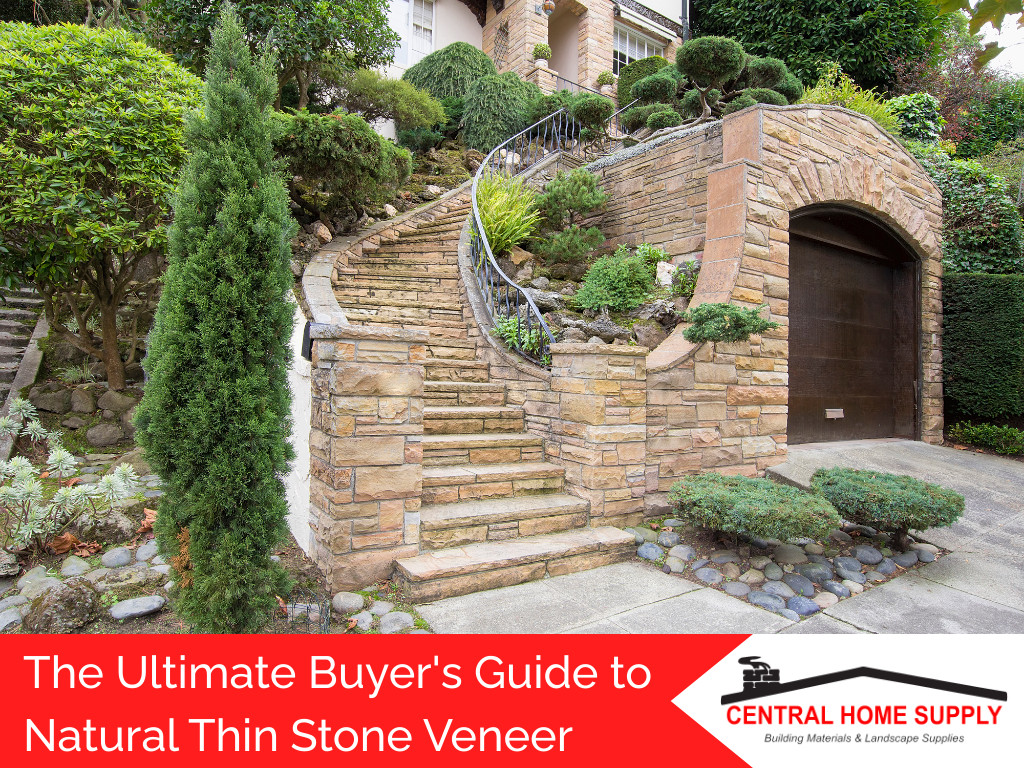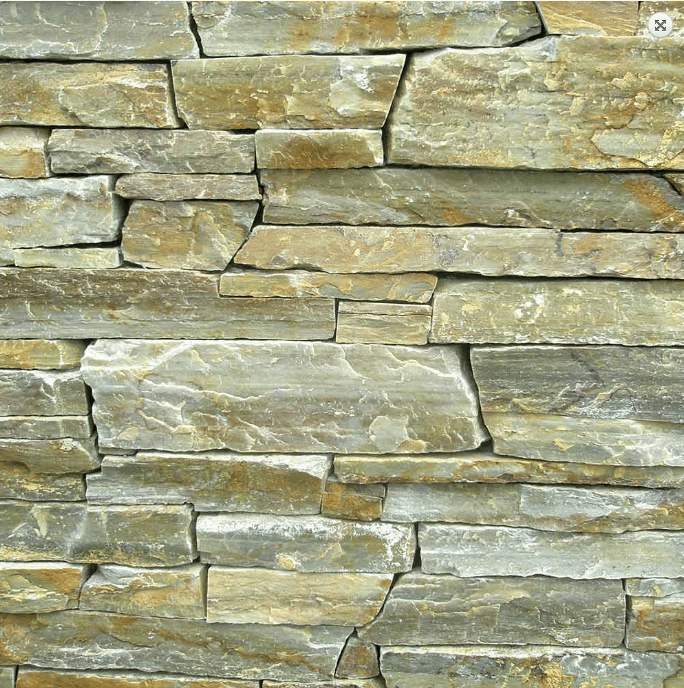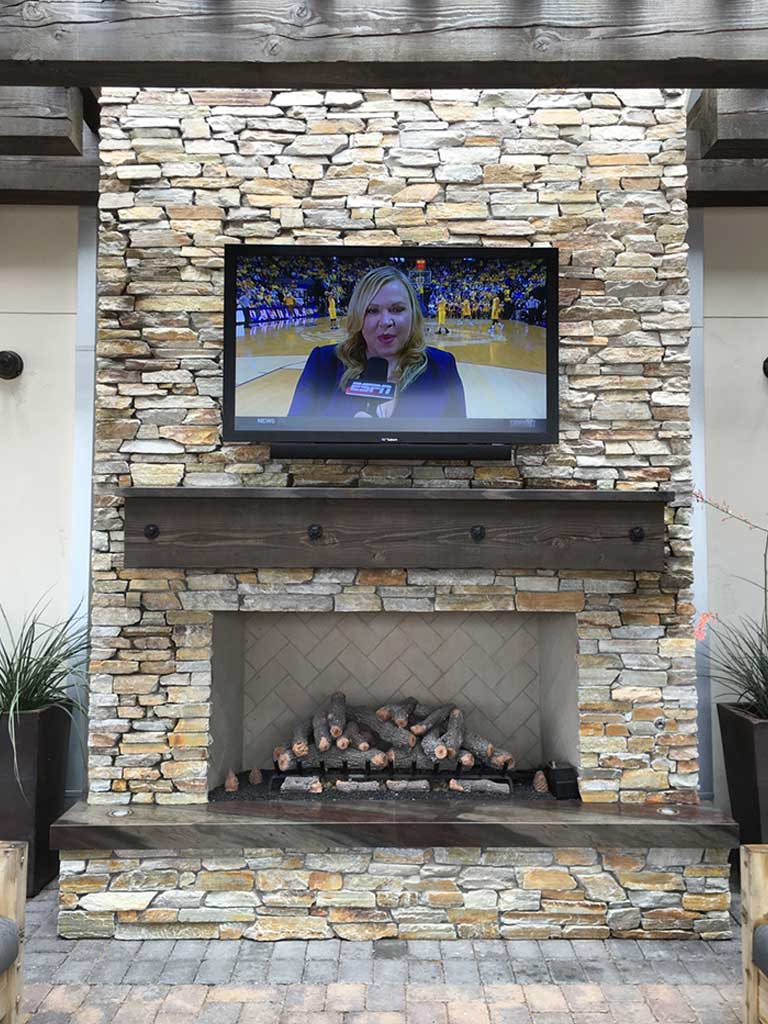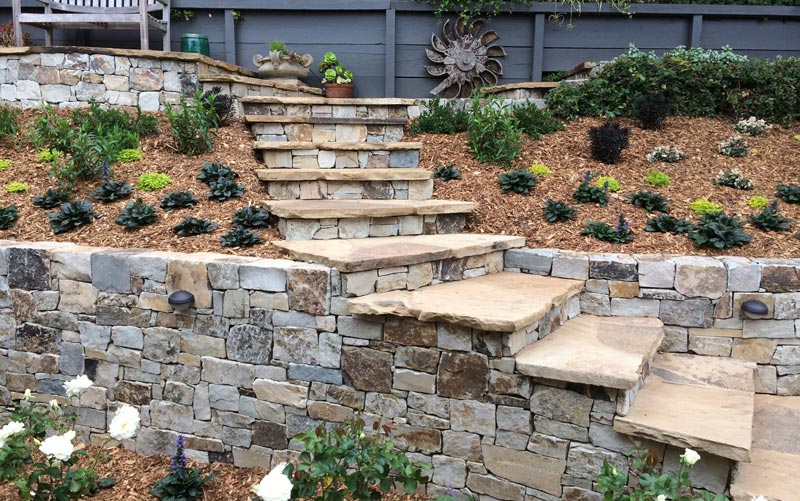The Ultimate Buyer’s Guide to Natural Thin Stone Veneer
Share this Article

Stone has long been a staple in home design and décor – for both interior and exterior designs. Natural stone can create a beautiful and impressive aesthetic that can fit with nearly any design style or color scheme. However, stone can be extremely heavy and expensive, depending on the material. Thankfully, a natural thin stone veneer is the perfect alternative that offers numerous benefits – without compromising on style.
So, what is a thin veneer stone exactly?
It is a covering that is placed over building materials (such as concrete or wood) to create the look of a rock structure without requiring large, heavy stones. It can be used for nearly all of the same interior and exterior purposes as traditional stone. This includes fireplaces, retaining walls in yards, and even siding on homes or buildings.
If you are in the process of renovating your home or making some design changes, a thin stone veneer is an option that you should consider. But, you probably have some questions or concerns regarding this type of cladding material.
Let’s dive in.
What Are the Benefits of Thin Stone Veneer?

While full-thickness stone can be incredibly sturdy and long-lasting, there are numerous downsides to this design. As previously mentioned, it can be extremely heavy, which can cause issues with the construction of a building.
Natural stone can also be quite pricey, especially if you want to use a certain type. Furthermore, the labor costs for full stacked stone construction can add up, as most contractors charge up to $65 per hour. Building structures out of real stone takes a lot of time and can be very exhausting.
Thin stone veneer, on the other hand, solves many of these issues.
Cost-Effective
Since stone veneer is thinner than natural stone, it requires fewer materials to manufacture. Natural thin veneer stone prices are significantly less expensive. You can purchase the same amount of square footage for up to half of the natural stone cost.
Further, thin stone veneer has an impressive return on investment – as it can increase the home’s value after installation. According to a Remodeling survey, stone veneer has a 95.6% ROI – making it one of the best design projects to increase the value of a home.
Little Maintenance
Natural stone veneer is extremely durable and less porous than other materials. This helps it to hold up even in extreme weather conditions, such as heavy rains or direct sunlight. There is very little maintenance required – since it does not need to be sealed or repainted, as other materials such as concrete or wood do.
Easy Installation
Another important benefit of using a natural thin stone veneer is the installation process is far easier than laying stone or brick. It is much lighter, making it easier for transportation and installation. It can also be installed without the use of support ledges or footings, which are used to set other types of materials.
Thin stone veneer thickness can range anywhere from ¾” to 2″. This not only makes it lighter weight and easier to stack, but it also takes up less room and can be used on thinner walls for accenting.
Why Should You Choose Natural Thin Stone Veneer?

There are two types of thin stone veneers available on the market: natural and synthetic (also known as manufactured).
Both of these styles offer more or less the same appearance. However, a natural stone veneer is made of thin slices of natural stone, whereas synthetic is made with formed and colored products to resemble stone. Manufactured veneers are usually made of concrete and aggregate materials molded to form a stone-link appearance.
So, why should you choose natural thin stone veneer over manufactured?
Synthetic Thin Stone Veneer
Pros
One of the benefits of using synthetic stone veneer is that you have a bit more control over the stone’s coloring and appearance. There are numerous styles and patterns available, and the rocks can be created in more universal shapes and sizes.
It is also slightly less expensive than natural stone, though the cost savings is quite minimal.
Cons
Since manufactured stone is made of concrete, it tends to be more porous than natural stone. This means that it is less durable and can crack or fade over time, particularly if it is exposed to harsh sunlight. It is also not able to withstand high-pressure washing and must be manually scrubbed clean.
Synthetic materials are also more sensitive to certain chemicals. It is not recommended for use around pools or areas with chlorinated water.
Natural Stone
Pros
Natural stone has a more unique appearance; no two pieces will ever be identical. This can create a beautiful pattern that can never be duplicated with synthetic materials. Natural stone is far easier to maintain since it can be washed easily and the color does not fade over time.
Cons
Natural stone can be slightly more expensive to purchase and install. This is because the materials must be quarried, rather than created by pouring materials into molds.
Ultimately, both veneer styles are great options. However, if durability and overall appearance are important to you, a natural thin stone veneer is certainly the way to go.
How Is Thin Stone Veneer Installed?

First and foremost, the underlying structure must be built to withstand the weight of the stone veneer. If the structure is made of wood, it must be covered in several layers:
- Exterior grade sheeting
- Weather-resistive barrier
- Optional drainage mat (also known as a rain screen)
- Metal lath which is attached to the studs
- Mortar scratch coat
If the structure beneath is made of unsealed concrete, these layers will not be necessary since the mortar will adhere to the concrete beneath it. The layer between the structure and the veneer must be waterproofed so the mortar can dry completely.
The thin stone veneer is then attached piece-by-piece with a mortar (usually type N or S) and occasionally an additional bonding admixture to create a well-sealed attachment. Natural thin stone veneer can be purchased in square foot measurements, as thin stone flats, and as corner pieces that fit together to cover the structure completely.
Conclusion
Natural thin stone veneer can be an impressive addition to your home’s style, design, and most importantly – its VALUE.
Here at Central Home Supply, we offer over 100 types of natural stone styles, including unique and special designs you won’t find anywhere else. We serve Santa Cruz, Scotts Valley, and all of the South Bay area.
Can’t find what you are looking for? Send us your inspiration photos and we can help you track down the perfect stone to match your taste!
Get in touch today to learn more about our natural thin stone veneer options!
